Wolf hunting limits increased for the region; province on the lookout for squatters
The bag limit for hunting wolves in the Kootenay region has been increased for the new hunting season, according to the recently released provincial regulations.
The new bag limit for hunting wolves is three when it opens in September, as the province endeavours to reduce the number of wolves in the region in an attempt to ease pressure on, and resuscitate, the endangered mountain caribou herds.
In the previous version of the Hunting and Trapping Regulations Synopsis the bag limit for wolves in most parts of the Kootenay region was two, with no bag limit in some regions from Sept. 1 to June 15.
But with the mountain caribou listed as an endangered species — and its legal status federally — the province is required by law to act, and the 2016-18 Hunting and Trapping Regulations Synopsis reflected that.
The wolf has been fingered as the main hurdle to the caribou’s survival, even though research has shown habitat loss and human encroachment are greater factors in the herd’s decrease.
Being in the cross hairs is not an unusual scenario for the four-legged predator in the last few years. In January of 2015 a government planned wolf cull began in the South Selkirks — bounded by Ymir, Salmo, Kootenay Lake and Creston — to help the beleaguered mountain caribou, of which only 18 remain in the local region.
The South Selkirk is a trans-boundary herd, and caribou move freely between B.C., Washington and Idaho, but research has shown the herd has declined from 46 caribou in 2009 to 18 in 2015, with some evidence indicating predation by wolves a cause of mortality.
In February 2016 Resource Operations Ministry moved the wolf cull from the Selkirks region to the northeast’s South Peace region. Current wolf-kill figures are not available even though both hunts are complete. The province planned to shoot 200 wolves in the second year of its five-year.
To date there has been no follow up report of the performance to see how the caribou are responding.
This week the province released the 2016-18 Hunting and Trapping Regulations Synopsis, detailing the most up-to-date rules and regulations for hunters throughout British Columbia, including information for Region 4, which includes the West Kootenay.
The synopsis includes a total of 85 regulatory changes — five in total for the West Kootenay — aimed at conserving wildlife and their habitats, enhancing the quality of data collected, protecting at-risk species and livestock.
The province updates the synopsis every two years in response to the most current scientific information about wildlife populations and sustainable use, with this year’s version containing an increased bag limit for wolves.
In addition to the wolf bag limit changes, the antlerless white-tailed deer bag limit has been reduced. There have also been added compulsory inspection requirements for wolf, bobcat, moose and West Kootenay elk. As well, the wolverine hunting season has been closed.
In general, the bag limit for bobcat is one, while the limit for cougar is two (with some exceptions, see the synopsis).
There is no bag limit for coyote, and the aggregate bag limit in the Kootenay Region is two for deer. The bag limit for mule (black-tailed) deer is one; the bag limit for white-tailed is two (one may be antlerless and one may be a buck).
The daily aggregate bag limit for grouse is: blue (dusky), spruce (Franklin) and ruffed is five.
The regional aggregate bag limit for turkey is two. Only one turkey may be taken in the spring and only one turkey may be taken in the fall.
The province had posted proposed regional changes for public comment on its angling, hunting, and trapping public engagement website. The site has now been updated with decision statements for each of the proposed regulation changes online.
The synopsis is available online and in hard copy at sports stores, outfitters and other hunting licence vendors throughout B.C.
Read the new hunting and trapping synopsis.
See the current edition of the freshwater fishing regulations.
In addition to the cull, approximately one million hectares of Crown land has been closed to snowmobile use to support mountain caribou recovery in the Thompson, Kootenay, Cariboo, and Omineca regions.
Snowmobile closure maps with boundaries, legal access trails, prohibited dates, and identified riding areas are no longer published in the Hunting and Trapping Regulations Synopsis, they will be available online.
To squat or not to squat
Nelson and its abundant wild and green areas have attracted people looking to get “back to the land” for decades, but the province is cracking down on squatters.
People heading into the backcountry cannot build cabins or other structures on Crown land without prior authorization, and penalties of up to $100,000 or the seizure of improvements, goods or materials may apply if people are caught. The person responsible also could be billed for clean-up costs.
The construction or occupation of buildings on Crown land without permission (including hunting cabins, ski huts or long-term residences) is illegal.
“The Ministry of Forests, Lands and Natural Resource Operations takes a tough stand against any unauthorized use or occupation of Crown land, in order to protect the environment and enhance public safety,” read a recent government release.
Natural resource officers regularly patrol Crown land throughout the province and have come across unauthorized structures from time to time. Increased recreational use of British Columbia’s backcountry and easier access to remote areas has resulted in more cases of illegal structures, unauthorized use of Crown land, and the abandonment and storing of vehicles and other equipment.
According to the province, these activities can: cause environmental damage; disrupt wildlife habitat and sensitive plant ecosystems; negatively affect legitimate uses of Crown land and resources; create safety and liability concerns.
To learn more about obtaining permission to build a structure on Crown land and what activities must be pre-authorized, contact FrontCounter BC at 1 877 855-3222 or visit the FrontCounter BC website:
For more details about the Land Act (Sections 59 and 60), go online . The Forest and Range Practices Act (Section 54 and Section 87) can be found online.


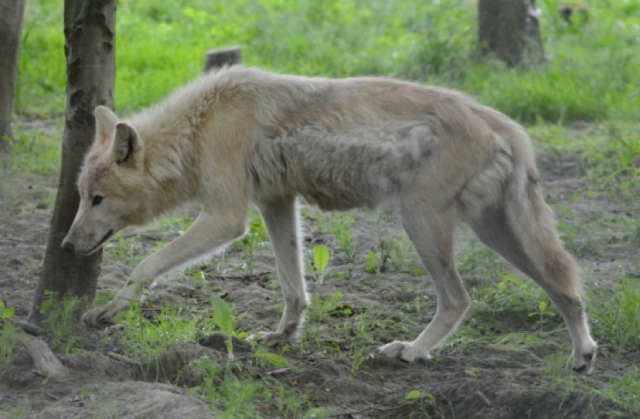


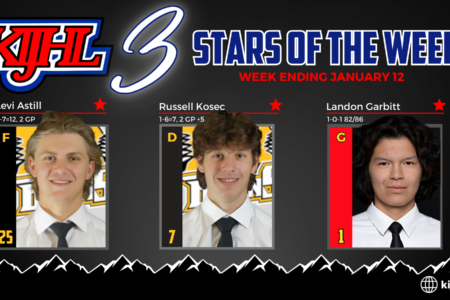


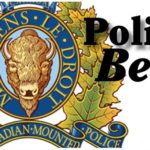


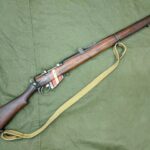




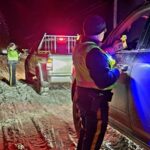







Comments